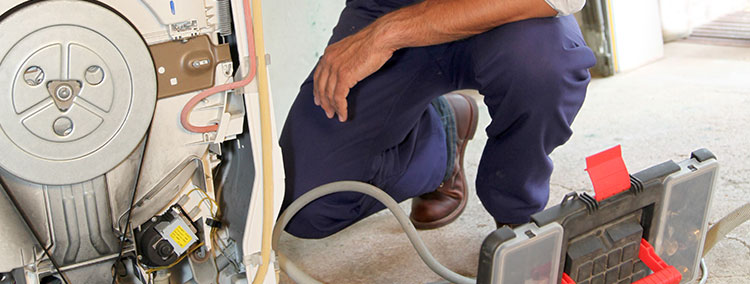
For you to keep your dishwasher in top shape you need to observe a set of dos and don’ts. Here are some of them as given by dishwasher repair professionals:
Do have a loading strategy
When you are looking to wash the dishes, you shouldn’t just put them in the dishwasher. You need to have a plan on how you will load them. As a rule of thumb, load the big pieces fast. It’s more efficient to start with the large ones then fill in with the smaller ones.
Don’t place all the dishes in the same direction. The right thing to do is
to place them on the bottom rack facing inwards towards the spray arms, with
the smaller plates in front of the larger ones. This way you have peace of mind
that the spray will reach all of them.
For you to have an easy time unloading the dishes, organize them. Put the forks with the forks and knives with the knives. Remember to place the handles facing up to avoid getting poked or punctured when you are taking them out.
Spoons get dirty when they are “spooning” therefore, insert some with
handles facing down. You can also separate them in a slotted holder.
Do use the right detergent
There
are plenty of detergents in the market you can go for. When choosing them, go
with those that will give you ideal results. They also should be having a
pleasant scent. This way, your dishes
will be clean, and at
Don’t pre-rinse the dishes
You might have the impression that by pre-rinsing the dishes you will have
cleaner dishes, but this isn’t the case. Pre-rinsing the dishes has been shown
to lead to loss of up to 20 gallons of water. It also makes the dishwasher
clean the dishes less effectively.
Modern detergents are designed to attach food particles; therefore, when you
pre-rinse the dishes, the detergents end up abrading the glassware.
To make the work of the dishwasher easier you don’t need to pre-rinse the
dishes. You only need to scrape the dishes of the food scraps and you will be
good to go.
The only exception you should have is rice. You are better off rinsing off
every grain before putting the plates in the dishwasher. This is because the
rice tends to clog up the drain hose leading to expensive dishwasher repairs.
Do run full loads only
To maximize space and save on energy and water, only run the dishwasher when
it’s full. While this is the case, avoid overdoing it where you overcrowd the
dishes.
When you overcrowd the dishes, you prevent the dishes from getting clean as
well as they should. You also put them at the risk of getting damaged as they
bump into each other.
Always strive to keep the dishwasher full but ensure that you space the
dishes so that each has enough space that it needs to be clean.
Don’t wash non-dishwasher safe items
It goes without saying that you shouldn’t put any non-dishwasher safe items
in the dishwasher. This means that you shouldn’t put wood, cast-iron, copper,
delicate glassware, and other materials in the dishwasher.
Wood splits and cracks when you expose it to the dishwasher temperatures,
water, and humidity. Delicate glassware breaks in the machine making it hard to
clean.
Metals such as copper and cast-iron aren’t designed to be cleaned in the
dishwasher. They also tend to easily get damaged which can damage the other dishes.
Don’t block the sprayer
From its name, the sprayer sprays the dishes with water, leaving them clean.
For the sprayer to function optimally, you need to ensure that it reaches all
the corners of the dishwasher and cleans every dish.
If there is a large bowl or pan blocking the sprayer path, you will have
dirty dishes at the end of the cycle. Before you put the dishes in the
dishwasher, double-check that the sprayer has a full range of motion and you haven’t
blocked it.
Don’t haphazardly unload the dishwasher
You need to be cautious of how you unload the dishwasher. When doing it, unload the bottom rack first. According to appliance repair Northern VA professionals, the tops of cups and bowls on the top rack pool with water. In the event you move them first, you risk dumping and splashing water onto the clean dishes below.
The right thing to do is to wait and unload the top rack last.




